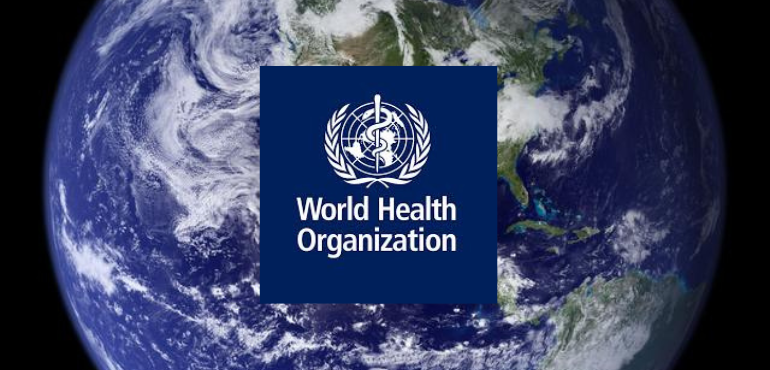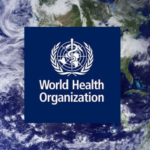The World Health Organization (WHO) raised the alert level to a global health emergency due to the escalating Mpox outbreak in Africa.
This declaration aligns with the Africa Centres for Disease Control and Prevention‘s earlier emergency call. The outbreak’s alarming spread, particularly of the deadlier Clade Ib variant in the Democratic Republic of Congo, has reached at least four previously unaffected African nations.
WHO Director-General Tedros Adhanom Ghebreyesus expressed serious concern over the potential for further international spread, emphasising the urgent need for a coordinated response.
Dr. Dimie Ogoina, chair of WHO’s emergency committee, highlighted the severity of the situation, calling the outbreak an “extraordinary event.” He noted that the current cases represent just a fraction of the true scale of the crisis.
This under-recognition and limited visibility into the outbreak’s extent underscore the pressing need for heightened surveillance and resource allocation.
Understanding Mpox and the Outbreak
Formerly known as Monkeypox, Mpox is a viral disease akin to the now-eradicated smallpox. The virus transmits through close contact, including touching, kissing, and sexual activities, as well as via contaminated materials like bedding, clothing, and needles.
Early symptoms often mimic the flu, such as fever, chills, exhaustion, headache, and muscle weakness, followed by a rash with painful or itchy lesions that can persist for weeks.
Clade I Outbreak: A New and Dangerous Mutation
The mpox virus comprises two genetic Clades: I and II. While Clade II was responsible for the global outbreak between July 2022 and May 2023, the current crisis stems from Clade I, specifically the recently emerged Clade Ib.
According to Dr. Daniel Bausch, a senior adviser for global health security at FIND, this subtype poses a greater threat due to its severe disease-causing potential and its adaptability to human hosts.
Dr. Bausch explained that while Mpox primarily transmits from animals to humans, mutations like clade Ib enhance human-to-human transmission, leading to larger and more frequent outbreaks.
WHO Director-General Tedros highlighted the complexity of the current situation, noting the concurrent outbreaks of different clades across various countries, each with distinct transmission modes and risks.
Assessing the Danger
Clade I Mpox outbreaks have historically had mortality rates as high as 10%, although recent outbreaks show lower death rates.
In comparison, Clade II’s fatality rate remains under 0.2%. Vulnerable groups, such as infants, individuals with compromised immune systems, and pregnant women, face higher risks of severe infection.
However, the overall understanding of Mpox’s transmissibility and mortality is hindered by incomplete surveillance, particularly in rural areas where diagnostic facilities are scarce.
Geographic Spread of Mpox
Traditionally, Mpox was confined to Central and West Africa, with the majority of clade I cases originating from Central Africa and the Democratic Republic of Congo.
Recent developments, however, have seen the virus spreading to more African nations and reaching beyond the continent, with Sweden reporting its first clade I mpox case.
This international expansion underscores the critical need for global cooperation and swift action to mitigate the outbreak’s impact.
Strategies for Containment
Vaccines against Mpox exist but are not readily available in many African countries. While no Clade I cases have been identified in the United States, the U.S. CDC advises vaccination for individuals at high risk.
The Vaccine Alliance (Gavi) has pledged up to $500 million for vaccine distribution in affected regions, with plans to establish a global stockpile by 2026.
The WHO is also advancing a regional response plan, requiring $15 million to bolster surveillance, diagnostics, and research efforts.
In summary, the declaration of a global health emergency by WHO signals the gravity of the Mpox outbreak in Africa.
As the virus continues to spread, international collaboration and a comprehensive response encompassing vaccination, surveillance, and research are imperative to curtail the public health threat.

















